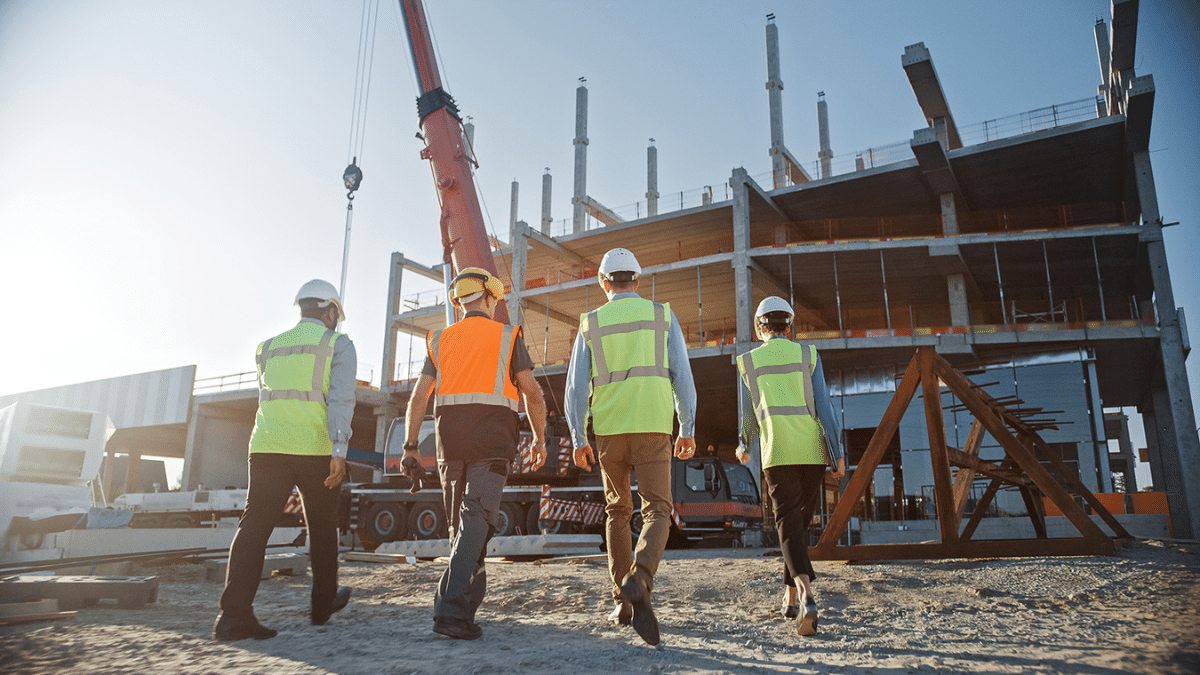Arc flash is one of the most dangerous electrical hazards on construction sites. In a fraction of a second, superheated plasma, intense light, and pressure waves can cause catastrophic burns, hearing and vision damage, and shrapnel injuries. For North Texas builders working in fast-moving environments—from commercial IT projects in Dallas to heavy civil jobs across the Metroplex—treating arc flash as both a technology and health priority is essential.
Contents
Plan & Engineer Out the Hazard
At its core, arc flash risk management blends engineering controls, the right gear, and disciplined procedures. Start with design and planning. Accurate one-line diagrams, up-to-date breaker settings, and coordination studies help identify where incident energy is highest so teams can set proper approach boundaries. Before anyone opens a panel or switchgear, a job safety analysis should confirm system status, list the specific tasks, and spell out lockout/tagout steps. When feasible, use remote switching, remote racking, or insulated tools to add separation between the worker and the hazard.
Gear, Smart Tech & Verification
Personal protective equipment must fit the task, not the calendar. Arc-rated clothing with a sufficient ATPV rating, balaclavas and face shields, voltage-rated gloves with leather protectors, and hearing protection are the baseline for energized work. Many North Texas contractors are also adopting “smart PPE”—wearables that alert for proximity to energized components or detect sudden motion consistent with a blast. While no device replaces training, these technologies can add a meaningful layer of defense on complex jobs with multiple subcontractors in the same electrical room.
Thermal imaging and non-contact voltage detection can help teams verify de-energized states before beginning work. Just as important is the human factor: hold a brief tailboard meeting to confirm who is doing what, verify test equipment is in calibration, and rehearse the “what if” plan. If an arc occurs, seconds matter. Everyone on the crew should know where the nearest Class C extinguisher, eyewash station, and burn kit are located, and who is calling 911. After an event, remove smoldering PPE carefully to prevent additional skin damage, cool burns with clean water, and document conditions for later analysis.
Health outcomes depend on the speed and quality of care. Severe burns often require specialized treatment and lengthy rehabilitation. For workers and families in the Dallas area, understanding the signs of deeper tissue damage, documenting injuries effectively, and knowing where to seek follow-up support are crucial.
Business Duties & What to Do After an Incident
Arc flash prevention is also a business issue. Unplanned outages, equipment damage, and OSHA penalties can derail schedules and erode margins. A written electrical safety program aligned with NFPA 70E is more than a binder—it’s a living system that includes training refreshers, audits, and corrective actions after near misses. Track leading indicators such as the number of energized work permits issued, the percentage of supervisors current on training, and the closeout time for hazard observations. These metrics highlight areas where additional controls or coaching are needed.
Subcontractor management matters, too. Require partners to share their energized work policies, PPE standards, and training records before they step on site. On large projects, consider assigning a dedicated electrical safety lead who floats between crews, verifies boundaries, and ensures signage and barriers stay in place as work zones shift. When everyone knows the rules and the plan doesn’t change casually, projects move faster with fewer surprises.
Finally, if a worker is injured, prompt reporting and thorough documentation protect people and projects alike. Maintain copies of tailboard notes, permits, training logs, and photos of the scene. Understanding Texas timelines, employer duties, and third-party liability can help workers make informed decisions about medical care and time off.
North Texas builds some of the country’s most ambitious projects. With the right mix of technology, training, and accountability, crews can keep power flowing, schedules intact, and—most importantly—workers safe.

